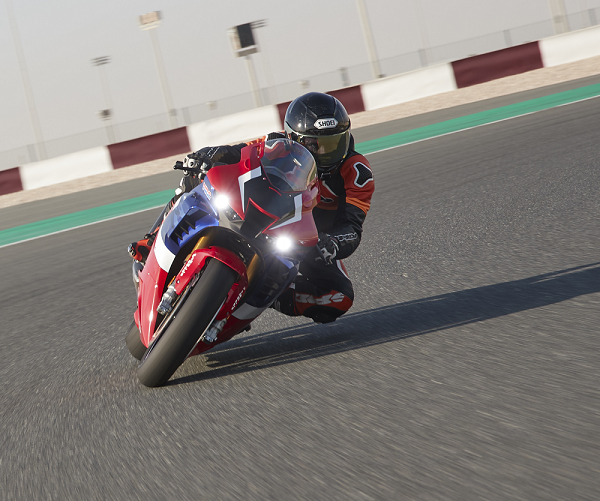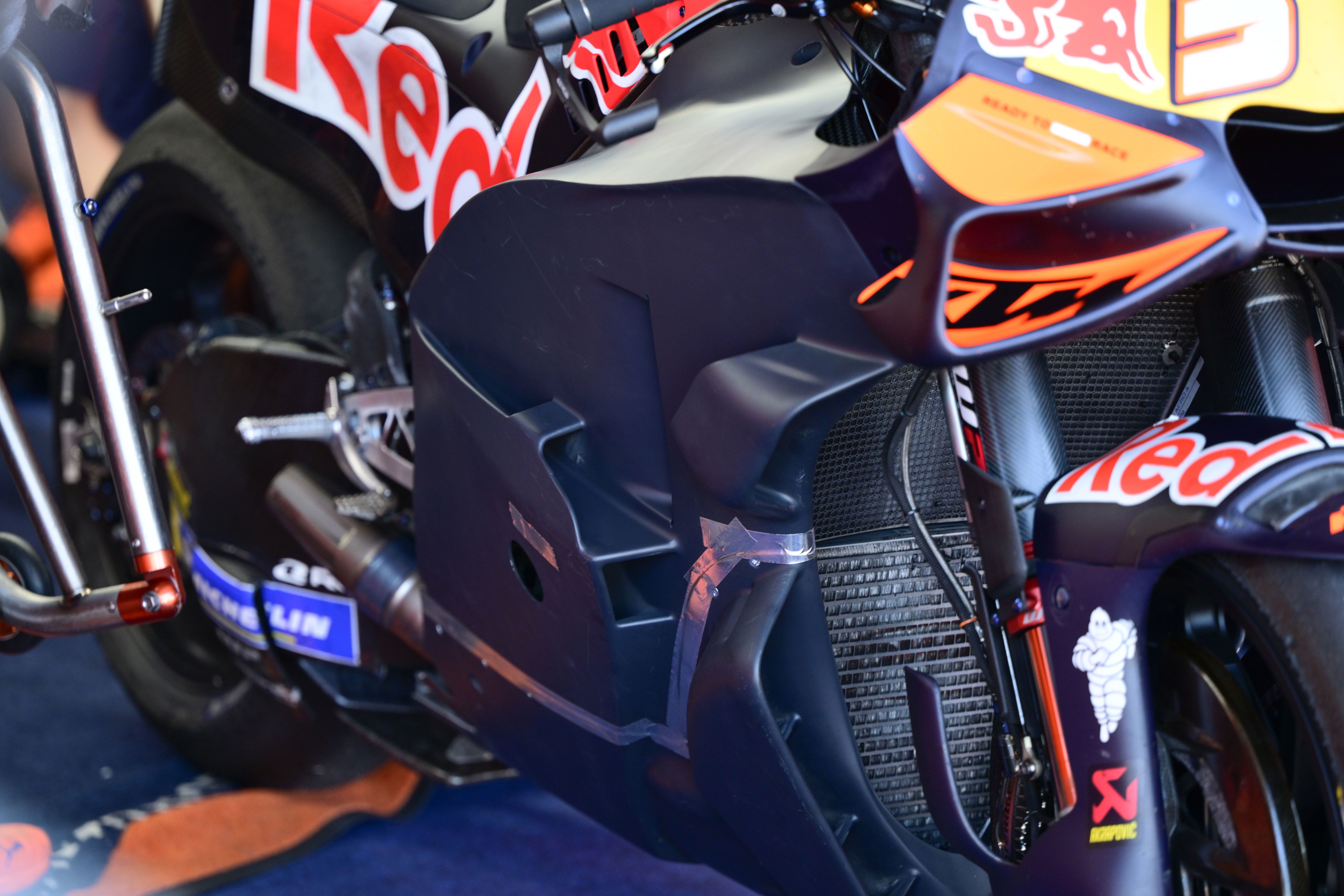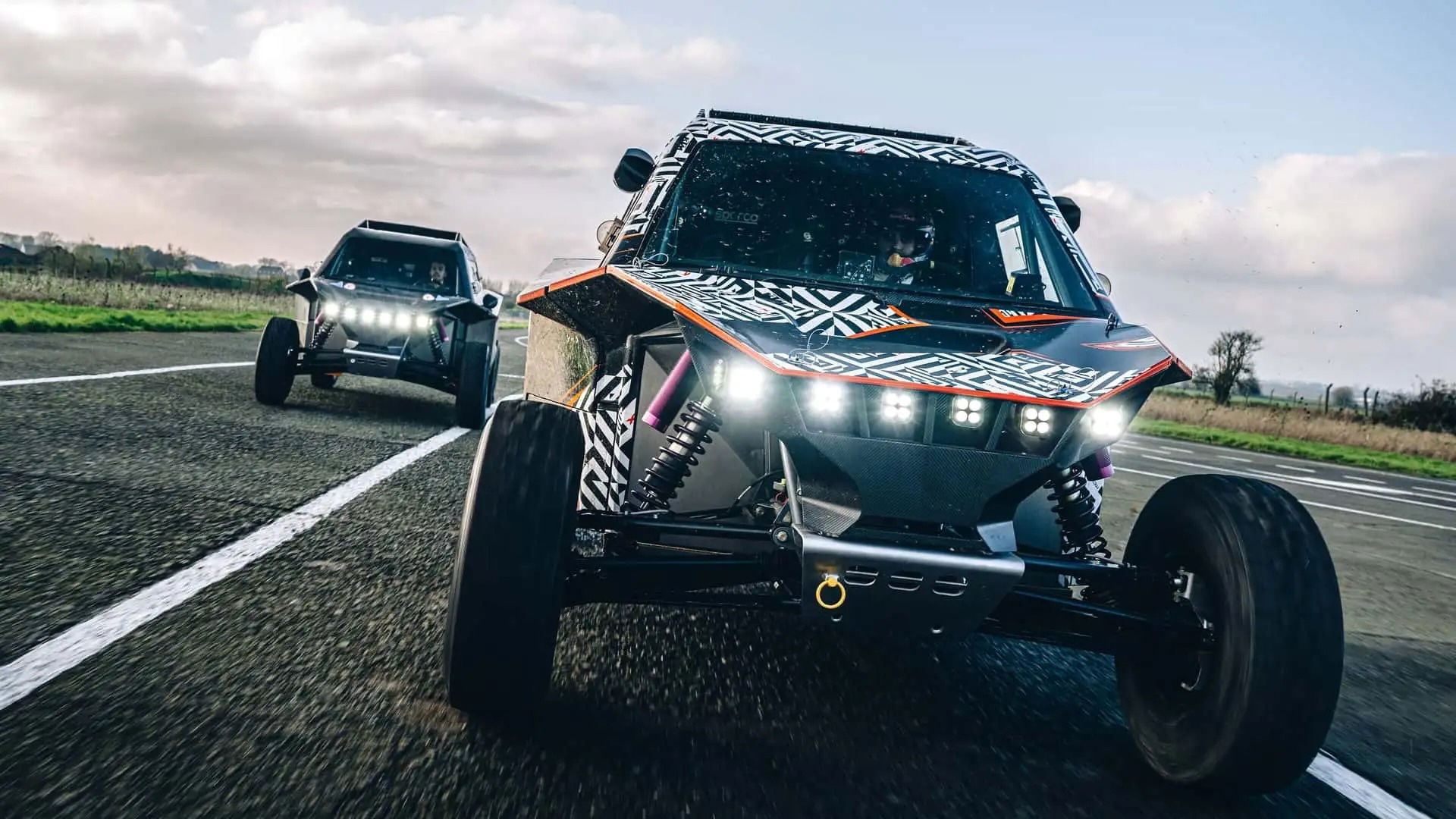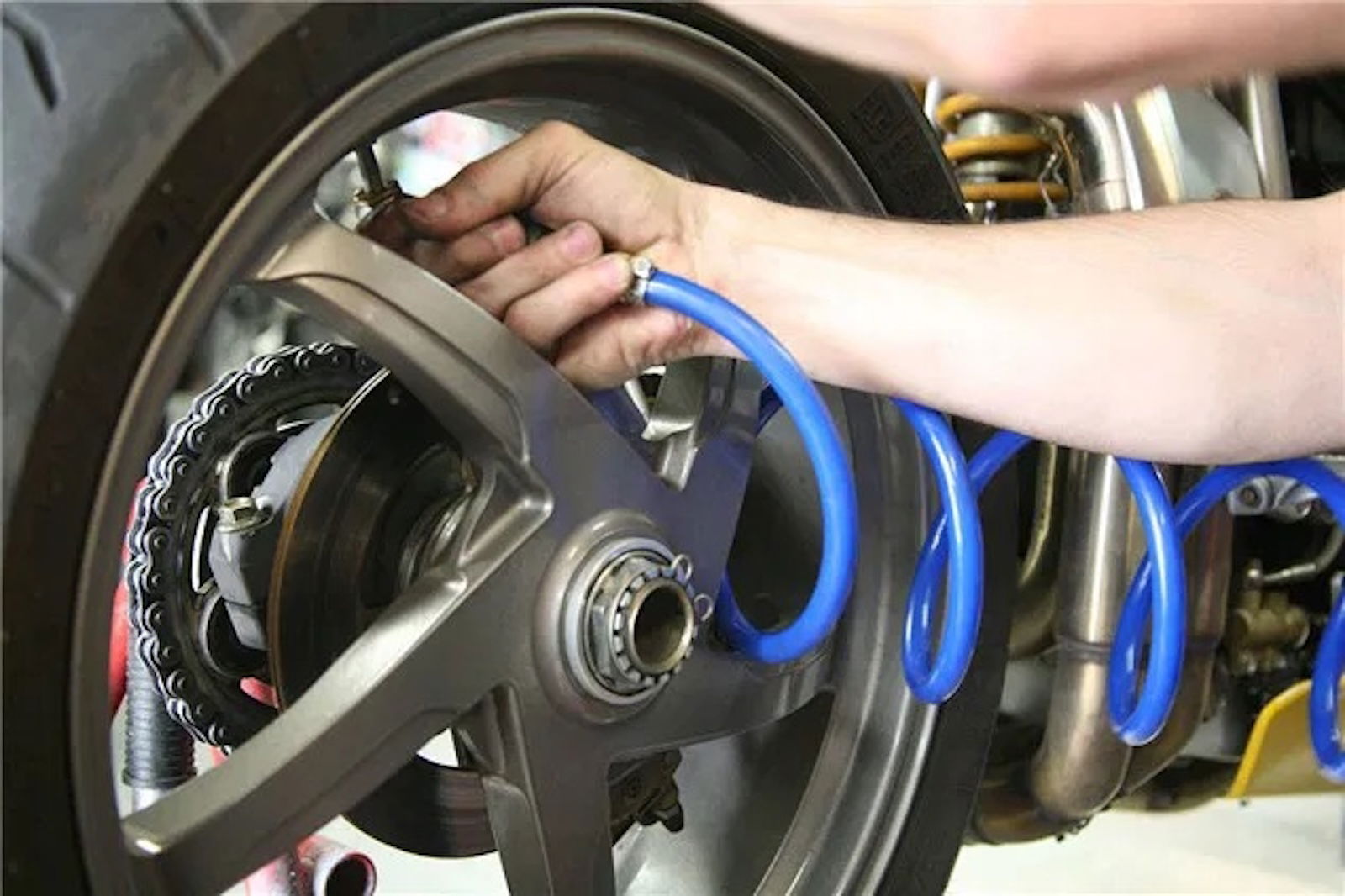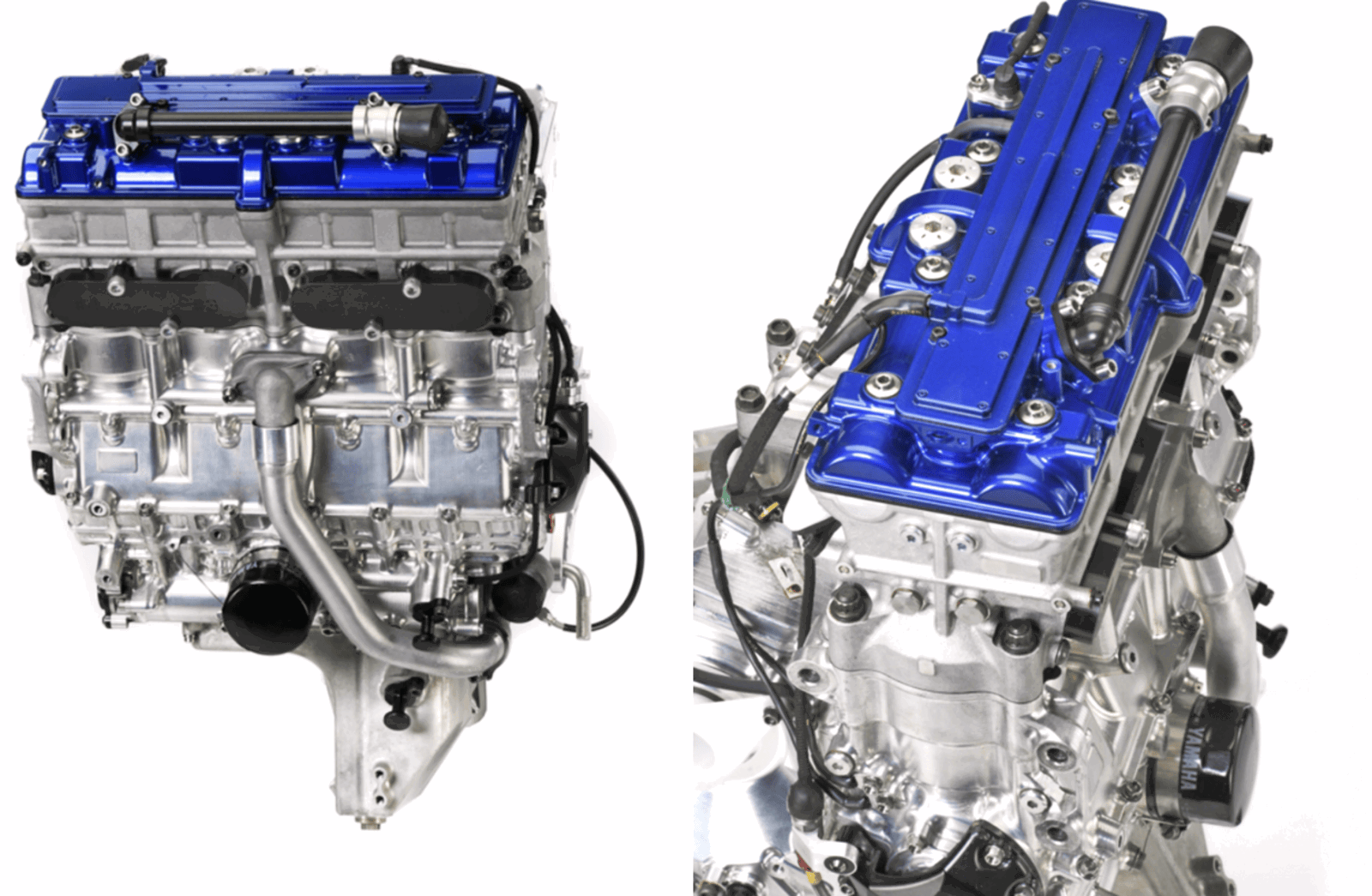Why don’t drivers see motorcyclists?
A scientific study has found out why car drivers can stare straight at you and your motorcycle and still pull out in front of you.

Motorcyclists often say they feel invisible on the roads, and now there’s scientific proof as to why it happens.
A new study from Nottingham Trent University (NTU) shines a spotlight not just on what’s going wrong, but why it’s happening in the first place. And it’s not all bad drivers or careless riders, it’s something much deeper and more wired into our brains than we might expect.
The report, Motorcycles in the Mind’s Eye, led by researchers David Crundall, Editha van Loon, and Megan Hutchinson, digs into the psychological factors affecting how car drivers perceive (or fail to perceive) motorcyclists. The findings? Fascinating, slightly terrifying, but ultimately hopeful. Because if we can understand the mental blind spots that lead to collisions, we can start designing interventions that might finally shift the dial on motorcycle safety.
Let’s break down what the researchers discovered - and more importantly, what it means for those of us who live life on two wheels.
The Stats Speak Volumes
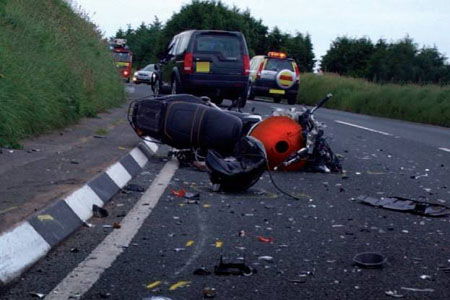
Let’s start with the raw numbers. In the UK, motorcyclists make up less than 1 per cent of road traffic. And yet we account for nearly 20 per cent of all road fatalities. That’s a staggering imbalance, and one that hasn’t budged much in recent years despite advances in vehicle tech, safety gear, and apparent improvements in rider training.
Worse still, a significant proportion of these fatal collisions involve another vehicle, and when the data is unpacked, it’s often the other driver who’s found at fault.
So what’s going on here? Why are experienced car drivers still failing to see motorcycles in time to avoid disaster?
The Nottingham Trent research team set out to answer that question, and what they uncovered confirms something most riders have long suspected: it’s not just about what drivers see. It’s about what they expect to see.
Out-groups, biases, and brains on autopilot
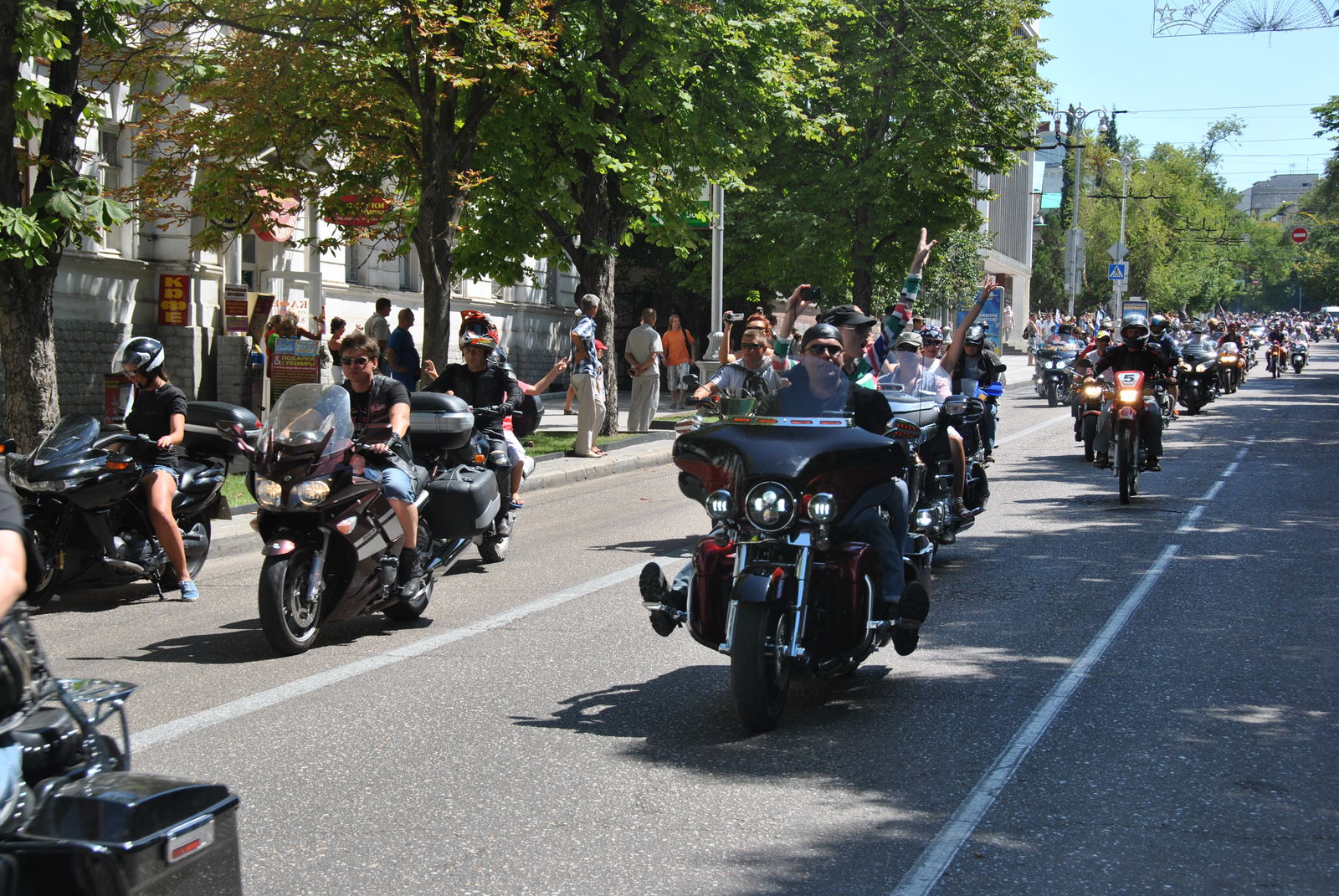
The researchers looked at how different road users view each other, and found that drivers and riders often see one another as members of separate “out-groups.” That psychological divide makes it easier to blame, stereotype, and dismiss each other’s behaviour.
If a car driver believes that motorcyclists are reckless, they might feel less responsible for giving them space or taking extra care. Conversely, riders who think drivers are inattentive might be less inclined to reflect on their own role in close calls. These attitudes, conscious or not, distract from safety on both sides.
It’s a feedback loop of misunderstanding. And central to that loop is a psychological concept called the “mental model.”
Mental models are internal maps we build to predict how things will behave. It could be how a kettle boils, how a football game flows, or, in this case, how a road situation might unfold.
But here’s the rub: if you’re a car driver with little or no experience of motorcycling, your mental model of how a bike moves, where it might appear, or how fast it can close a gap is incomplete. That’s not a character flaw; it’s just how human cognition works. We base our expectations on what we know, and if a car driver has never experienced it first-hand, how can they comprehend it? If you don’t know what it’s like to ride a bike, you might not even think to look for one in certain situations.
To test this, the team used VR headsets to simulate real-world driving scenarios. Participants included two groups: standard car drivers and so-called “dual drivers” - those who both drive and ride.
The T-Junction Test That Changed Everything
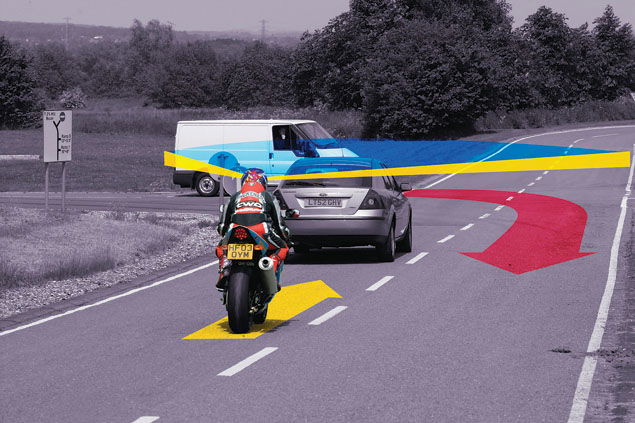
One standout scenario involved a classic T-junction. The driver needs to turn right. On their right, a long queue of stationary cars. On the left, sporadic oncoming traffic. A seemingly safe gap opens up, and the car begins to edge out.
Suddenly, a motorcyclist, filtering down the outside of the stationary traffic from the right, flashes into view - too late for most of the car drivers in the study to react to.
It’s a situation we have all probably been in countless times, but in the scientific testing done by NTU, there’s a twist. The dual drivers, those with both car and motorcycle experience, spotted the hazard earlier. Much earlier.
The evidence showed that these riders-turned-drivers examined the road to the right sooner, fixated on the possible gap, and anticipated the threat before it materialised. Their more complete “mental model” of what can happen on a road included the very real possibility of a filtering motorcycle.
Crucially, the car drivers didn’t miss the hazard because they were inattentive, lazy, or distracted; they were in a lab, actively trying their best. But they missed the bike because they simply didn’t have the lived experience to fill in that particular blank in their mental road map.
This allowed the dual drivers to better process and respond to the hazard. And while this advantage only appeared in one of the four scenarios tested, the researchers argue that even such rare events can be the most dangerous when they happen in the real world.
Can Empathy Be Taught?
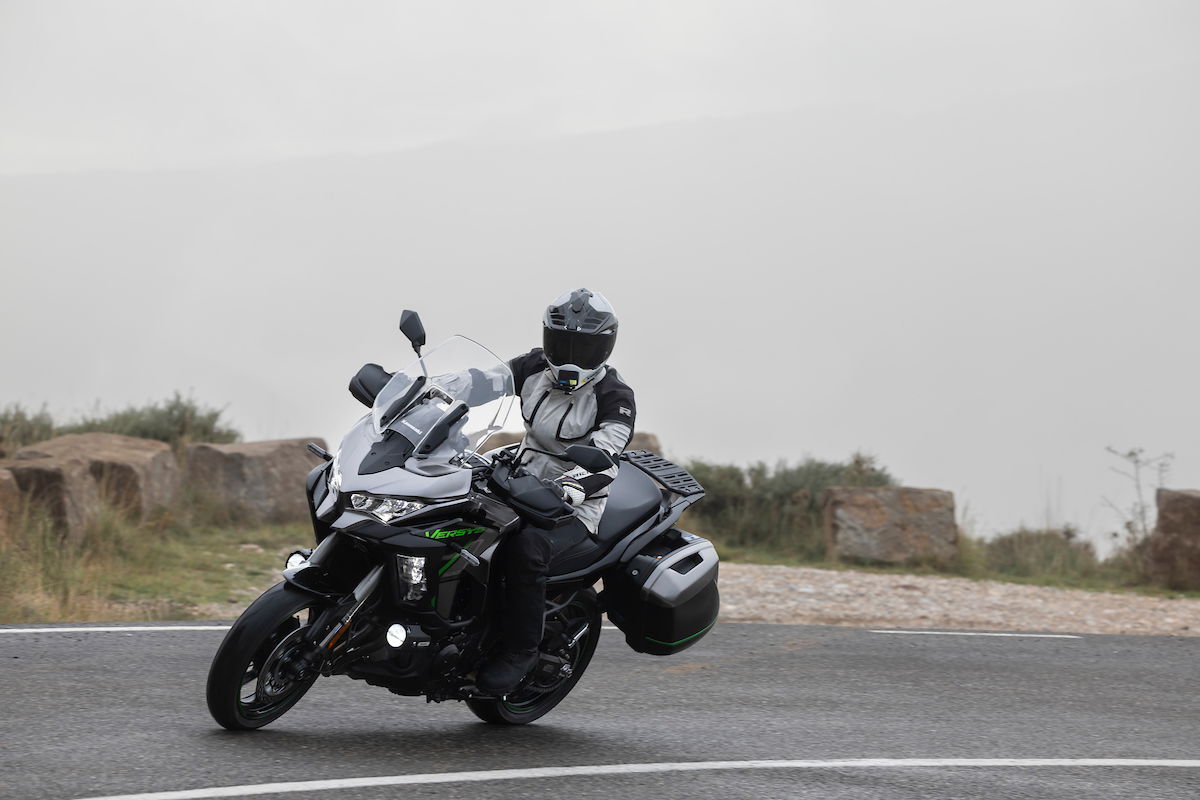
Armed with these insights (and eye-tracking data from inside the VR headsets), the research team developed two intervention videos. These explained the concept of inaccurate mental models and used visual examples to show how and why drivers might fail to anticipate motorcycles. One version was tailored to a motorcycling audience, and the other to car drivers, though much of the content overlapped.
In essence, the videos tackled the perception gap head-on: showing where bikes can emerge from, how their smaller size and speed can throw off distance judgments, and why even well-meaning drivers can get it catastrophically wrong.
Then, the team tested the videos on real road users.
What the Riders Learned
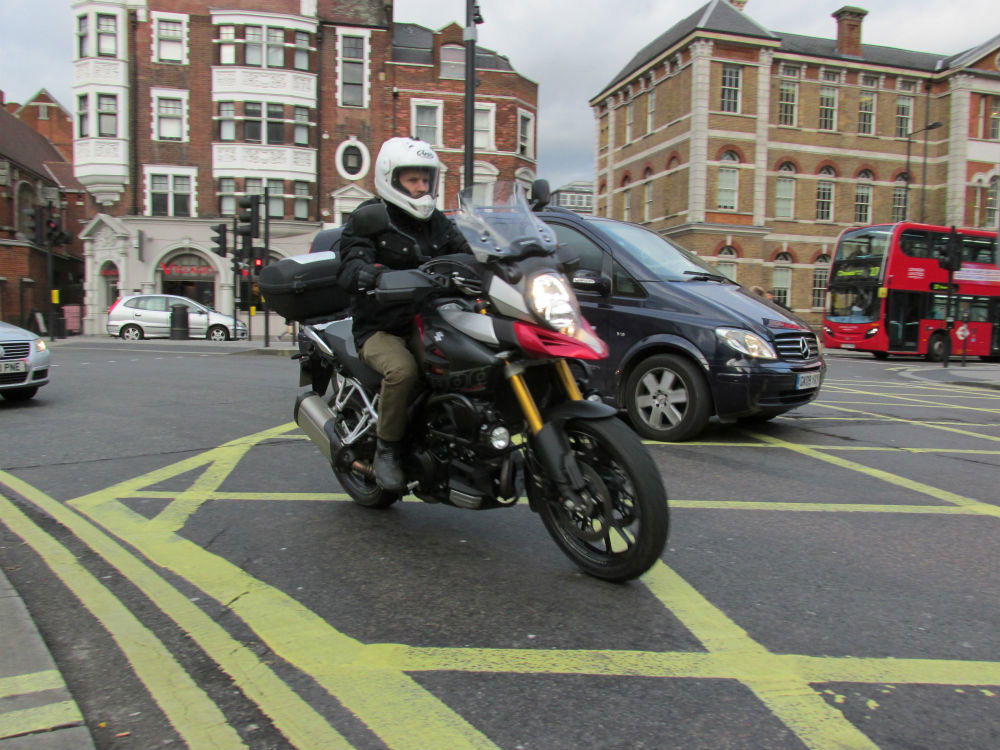
In Study 2, the researchers showed the video to 78 motorcyclists. After watching it 91 per cent said their understanding of the causes of car-motorcycle collisions had increased. 85 per cent said they’d change their riding behaviour. 65 per cent said their empathy for the difficulties faced by car drivers had increased.
So far, so promising. But when their responses to various follow-up safety scenarios were compared with a control group of 88 riders who hadn’t seen the video, there was no significant difference in how safe they claimed they’d behave or how much blame they assigned to other road users.
In short, while the riders felt more informed and empathetic, it didn’t necessarily change their intentions in measurable ways.
What the Drivers Took Away
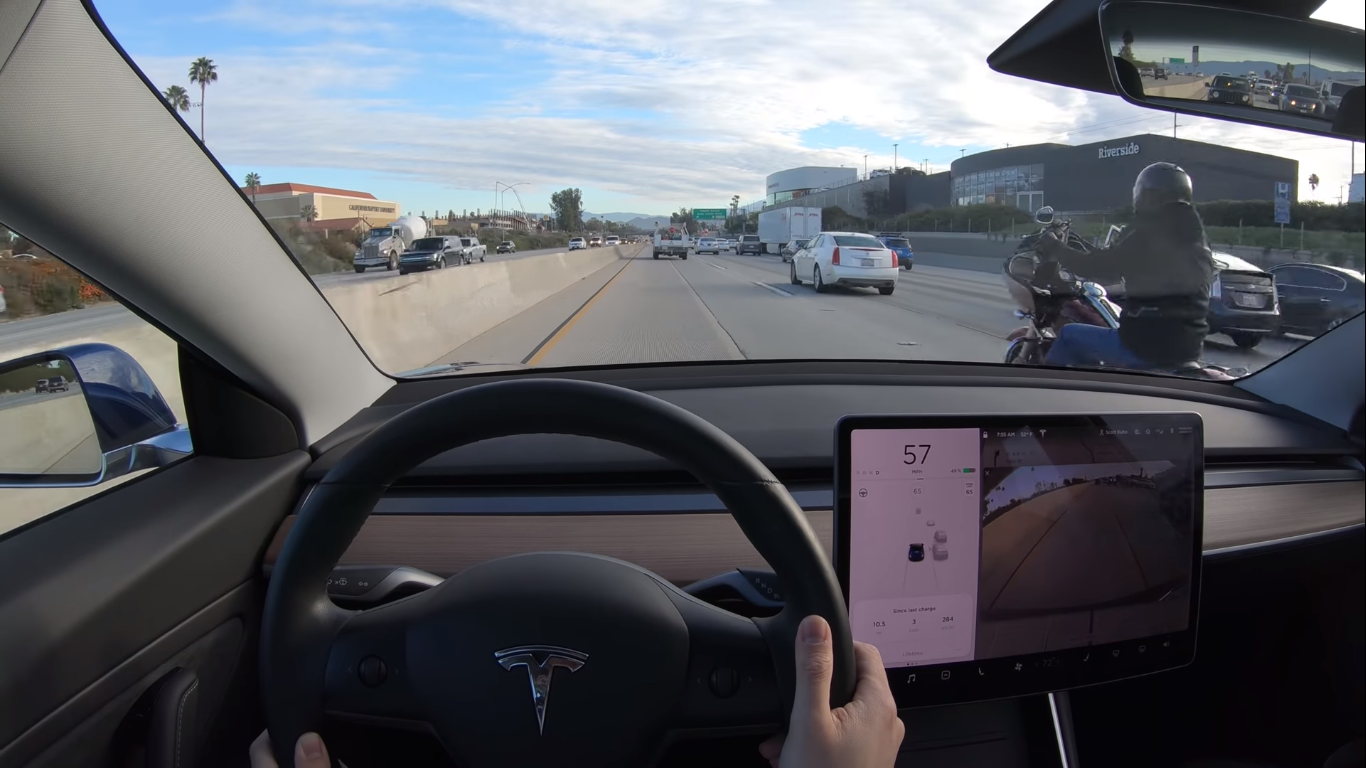
Next up: 71 car drivers watched their intervention video, with 92 per cent saying their understanding of motorcycle collisions had increased, while 88 per cent said they’d change their driving behaviour. Interestingly, 88 per cent said their empathy for motorcyclists had increased.
Compared to a control group of 77 drivers, those who watched the video were more likely to believe they could make dangerous errors in the future, suggesting a newfound awareness of their own limitations.
Even better, when tested with CGI clips similar to the T-junction scenario, the intervention group were more likely to correctly identify where a hazard (in this case, a motorcycle) might appear.
So yes, their confidence in avoiding mistakes had dropped, but their ability to spot actual dangers had gone up.
That, the researchers argue, is the sweet spot. Less overconfidence, more vigilance. A greater understanding of the risks, combined with an improved ability to anticipate them.
So what does this all mean for riders?
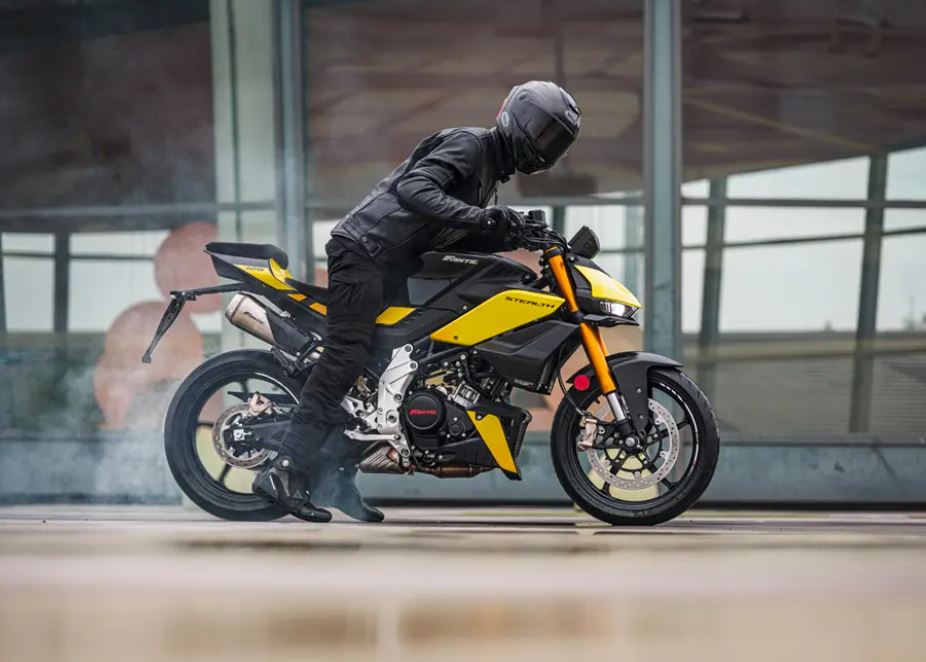
First, we now have scientific evidence backing up what many motorcyclists instinctively know: drivers often don’t see us, not because they’re careless, but because they’ve never been us. Their mental model doesn’t expect a motorcycle in that space at that time.
Second, even though the motorcyclist's advantage in hazard detection appeared in just one of four scenarios, it may be the rarest and most lethal situations that matter most. Recognising this, the researchers used that high-risk scenario as the foundation for intervention videos, tools not just to explain the problem but to shift behaviour.
The study also showed that while both motorcyclists and drivers responded positively to the video interventions, the effect was more substantial in the driver group. The reasons for this imbalance are explored in the full report, ranging from practical factors like sample size to theoretical ones like cognitive load or baseline awareness. But the outcome is clear: well-designed psychological interventions can help car drivers better anticipate motorcycles. And that’s good news for all of us.
Confirmation of what we’ve all been thinking
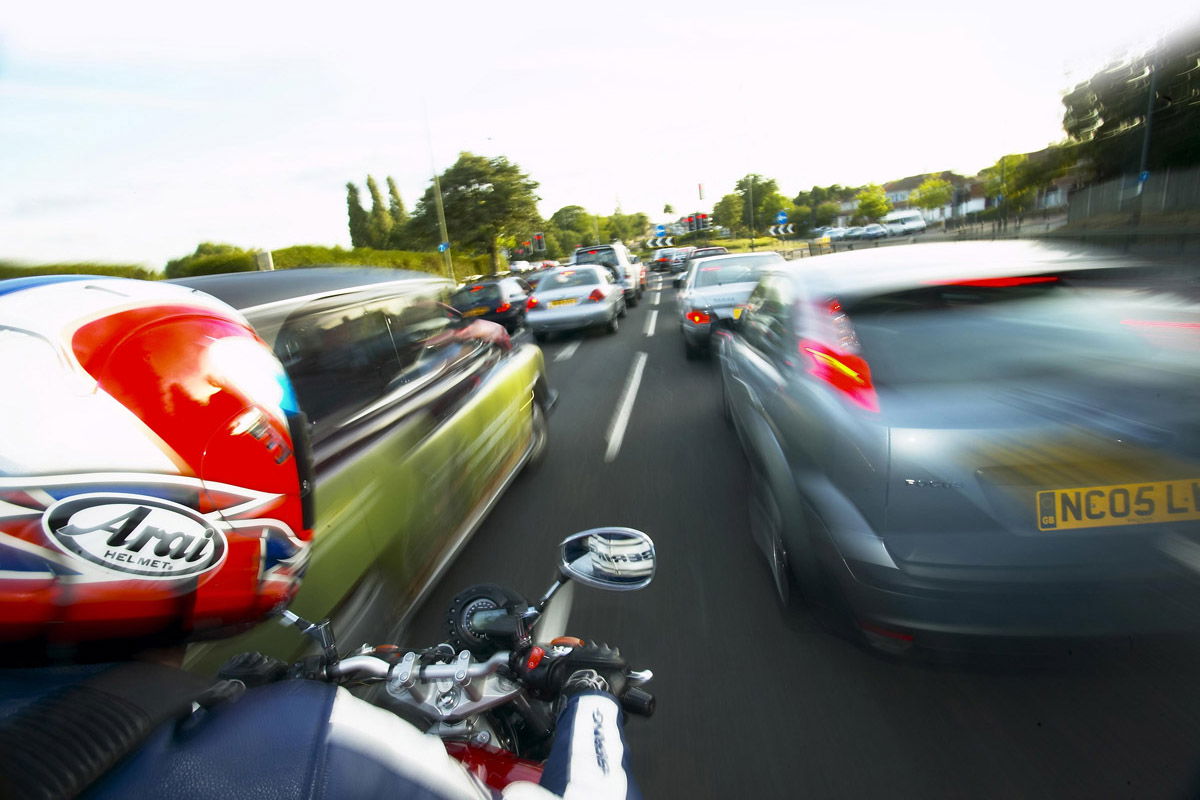
The Nottingham Trent University study doesn’t just confirm what riders have long believed, it gives us the scientific proof and the practical tools to do something about it. Drivers don’t see us because they’re careless? Not quite. They don’t see us because their mental model doesn’t expect us. But with the right interventions, we can change that. The result is fewer collisions, better understanding, and, just maybe, a safer road for everyone.
Source: Nottingham Trent University – Motorcycles in the Mind’s Eye
Lead Researchers: David Crundall, Editha van Loon, Megan Hutchinson
You can watch all the videos on the Road Safety Trust YouTube channel.
Find the latest motorcycle news on Visordown.com
